IGP, short for “Internationale Gebrauchshunde Prüfungsordnung,” is a challenging sport for working dogs, consisting of three phases: obedience, tracking, and protection. Formerly known as IPO or Schutzhund, IGP was developed as a breed test for German Shepherds but has expanded to include breeds like Belgian Malinois and Rottweilers. Dogs must pass a basic obedience and temperament test (BH-VT) to enter IGP level 1 (IGP1). Success in IGP requires dedication, proper training, and finding the right club and experienced trainers to guide both the handler and the dog.
Estimated reading time: 0 minutes
The Origin of IGP and Schutzhund
History and Purpose
IGP, also known as IPO or Internationale Gebrauchshunde Prüfungsordnung, is a term that many in the working dog community recognize. This German name translates to “International Working Dog Trial Regulations.” It was originally developed in Germany in the early 1900’s as a breed test for the German shepherd dog. Its purpose was to assess the working ability of shepherd dogs and ensure that they excel in their roles.
The sport consists of three phases: tracking, obedience, and protection. Schutzhund training was created to ensure that every dog had the right temperament, obedience, and protection skills to work effectively. Over time, this breed test evolved into the sport of IGP, including more than just German shepherds. Now, many other breeds participate in the sport.
German Shepherds and Other Breeds
German shepherds were the primary breed involved in Schutzhund training. This dog breed was the focus, as the test for the German shepherd aimed to evaluate their working skills. Today, the sport of IGP has expanded to include breeds like Belgian malinois and rottweilers. These working breeds, along with others, find Schutzhund club opportunities to compete and show their abilities.
Understanding IGP as a Dog Sport
Three Phases: Tracking, Obedience, Protection
IGP, previously known as IPO, consists of three phases. This demanding dog sport evaluates the working ability of dogs through these distinct areas.
- Tracking Phase: The dog must follow a track laid by a track layer, showcasing its ability to focus and detect scents.
- Obedience Phase: In this stage, the dog must demonstrate obedience and temperament. Activities may include following the handler’s commands to lie down on command or stay in a specific position on the side.
- Protection Phase: The protection work tests the dog’s courage and control. The dog must stop the attack or biting the padded sleeve worn by a helper, always under the handler’s direction.
These phases challenge both the dog and handler, demanding coordination, training, and trust. To excel in IGP, the dog must pass all three phases in one trial.
Popularity Across Various Working Breeds
IGP is not only limited to German shepherds; many other breeds like Belgian malinois and rottweilers also participate in the sport. Clubs run specific events and training sessions where different working breeds can show their skills and compete for IGP titles. The international utility dog sport has grown in appeal among various dog owners interested in IGP.
Challenges and Requirements
The sport requires intense dedication, training, and a special bond between the dog and the handler. IGP sport demands that both handler and dog work together, with the dog directed through the phases by the handler.
Additionally, competing in IGP is not something every dog may do. The breed of dog, its temperament, and its training must align with the demands of the sport. This includes a temperament test that every dog must pass to proceed to IGP1.
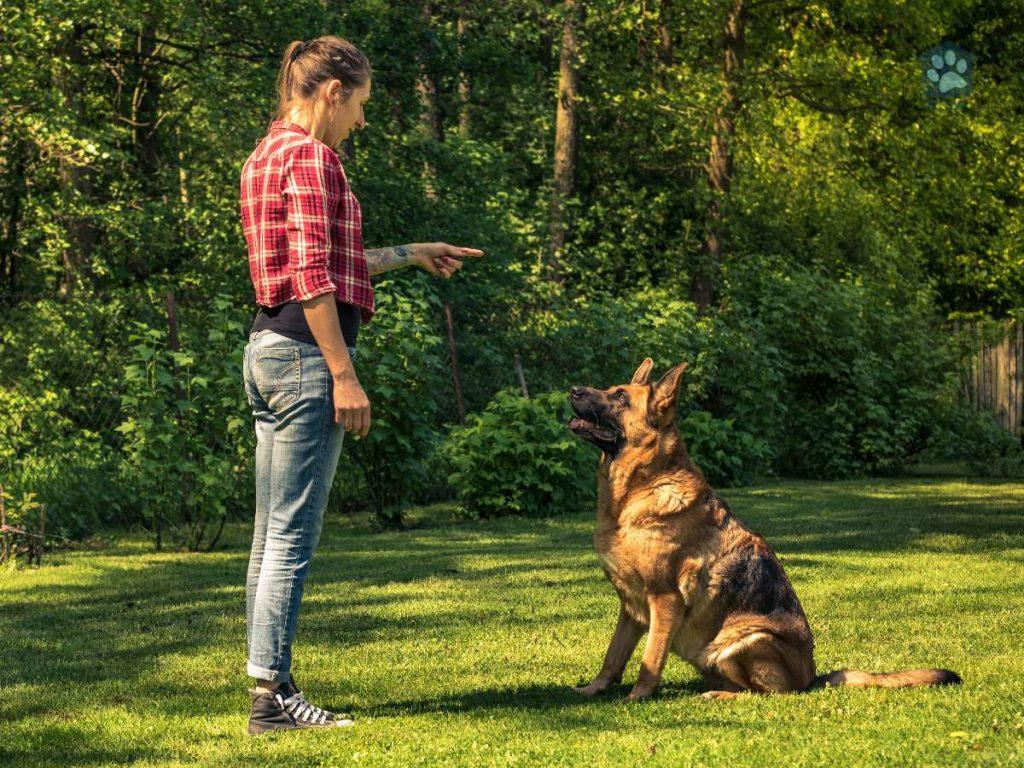
Obedience in IGP
Basic Obedience and Confidence Testing (BH-VT)
Before a dog can dive into the more advanced levels of IGP, it must prove its basic obedience and confidence. The BH-VT, or simply BH, is a crucial test that every dog must pass. This obedience and temperament test assesses how the dog behaves around strange dogs, traffic, loud noises, and more.
A dog showing excessive fear or aggression won’t pass the BH test and can’t move on to IGP level 1 (IGP1). This stage ensures that only dogs with the right temperament and obedience will participate in the sport.
Training Techniques and Expectations
Training for IGP is no small task. It’s not just about obedience but about a deeper understanding between handler and dog. The dog must follow the handler’s commands precisely, from a simple lie down on command to more complex tasks in tracking or protection training.
A handler wanting to compete in IGP must find a club with experienced trainers who understand the unique demands of the sport. The training director will guide the handler through various dog training courses, tailored for IGP competition. Clubs run these courses to prepare dogs and their handlers for the obedience and protection phases, among others.
The handler’s responsibility is to work closely with the dog, fostering a relationship built on trust and understanding. Through proper training, the dog may excel in obedience, protection, and other aspects of IGP.
Breed Suitability for IGP
Genetic and Athleticism Requirements
Not every breed of dog is suited for IGP. This challenging dog sport demands dogs with particular genetics and athleticism. German shepherds, belgian malinois, and rottweilers are some of the breeds that typically excel in IGP. These breeds have the physical capabilities and mental agility needed for the three phases in one trial.
Compatible Breeds like Belgian Malinois and Rottweilers
Belgian malinois and rottweilers are two examples of breeds that have found success in IGP. Alongside German shepherds, these working breeds have the right attributes for the sport. Whether it’s the tracking skills of a malinois or the protection training of a rottweiler, these breeds often perform well in IGP.
These aren’t the only breeds suitable, though. Dutch shepherds, police dogs, and other working breeds have also participated in IGP. If you have a working dog and want to compete, finding the right Schutzhund club is a critical first step to see if your breed is a good fit.
How to Get Started with IGP
Finding the Right Club
If you are interested in IGP and have a dog that may be suitable, the first step is to find a club specializing in Schutzhund training. Many clubs run training days and events where you can observe, ask questions, and learn from experienced handlers and trainers. Before bringing your dog, attending these events can provide valuable insights.
Finding a list of clubs near you can be a great starting point. Whether it’s an American Working Dog Federation affiliate or another registered organization, these clubs offer the guidance and resources needed for IGP training.
Working with Experienced Trainers
IGP is a sport that requires specialized skills. Working with trainers who have trialed multiple dogs to different levels is essential. These trainers understand the demands of the protection phase, obedience, and tracking, and they can help you and your dog prepare for the IGP titles.
Your dog must successfully acquire the skills necessary to pass all three phases. This means intensive training and dedication from both you and your dog. Training directors and experienced handlers in the club will guide you through the dog training courses tailored for IGP competition.
Preparing for the IGP1 and Beyond
If you want to compete in IGP, starting with the BH temperament test is a must. The dog must pass this before moving on to IGP1. From there, consistent practice, participation in ring sport, and working with your club will pave the way for success. With hard work and the right guidance, you and your dog may excel in the sport that consists of three phases: tracking, obedience, and protection.
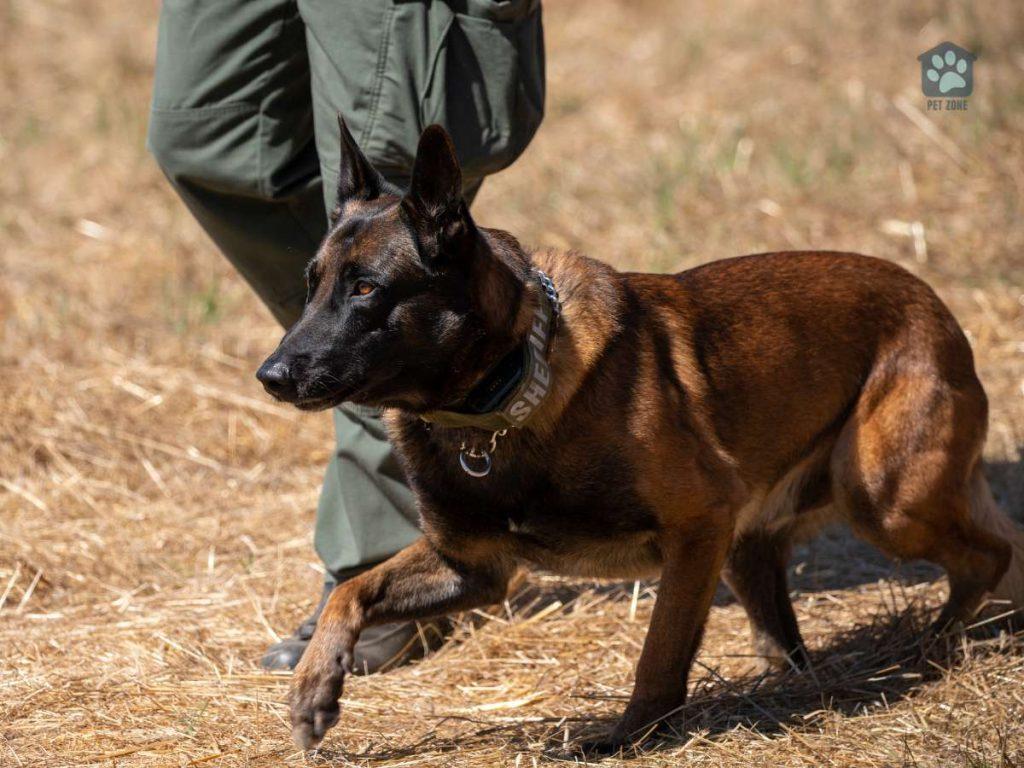
Conclusion
IGP, or Internationale Gebrauchshunde Prüfungsordnung, is more than just a dog sport. It’s a comprehensive evaluation of a working dog’s abilities in tracking, obedience, and protection. From German shepherds to Belgian malinois, certain breeds are naturally inclined to excel in these demanding tasks. But it’s not just about the breed of dog. It’s about the relationship between the handler and the dog, the training, the dedication, and the desire to work together as a team.
Whether you’re a seasoned handler or someone new who wants to participate in Schutzhund, the journey to IGP titles can be both challenging and rewarding. Find a club, learn from experienced trainers, and immerse yourself in a sport that celebrates the remarkable abilities of working dogs. In the world of IGP, every dog and handler has the potential to shine.
Feel free to share your thoughts and experiences with IGP in the comments below, and don’t hesitate to share this article with other dog enthusiasts who might find it helpful!
As an Amazon Associate I earn from qualifying purchases.
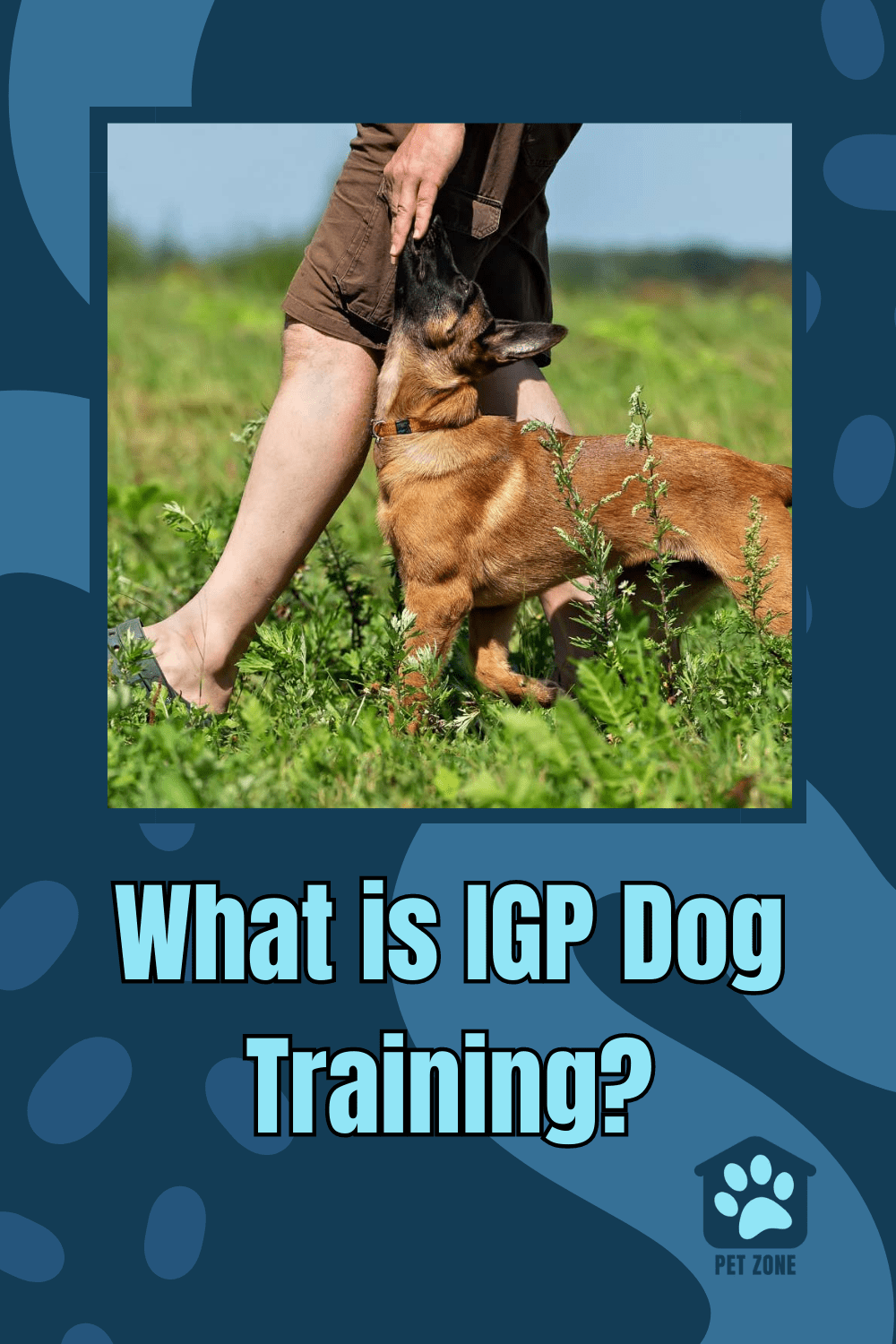


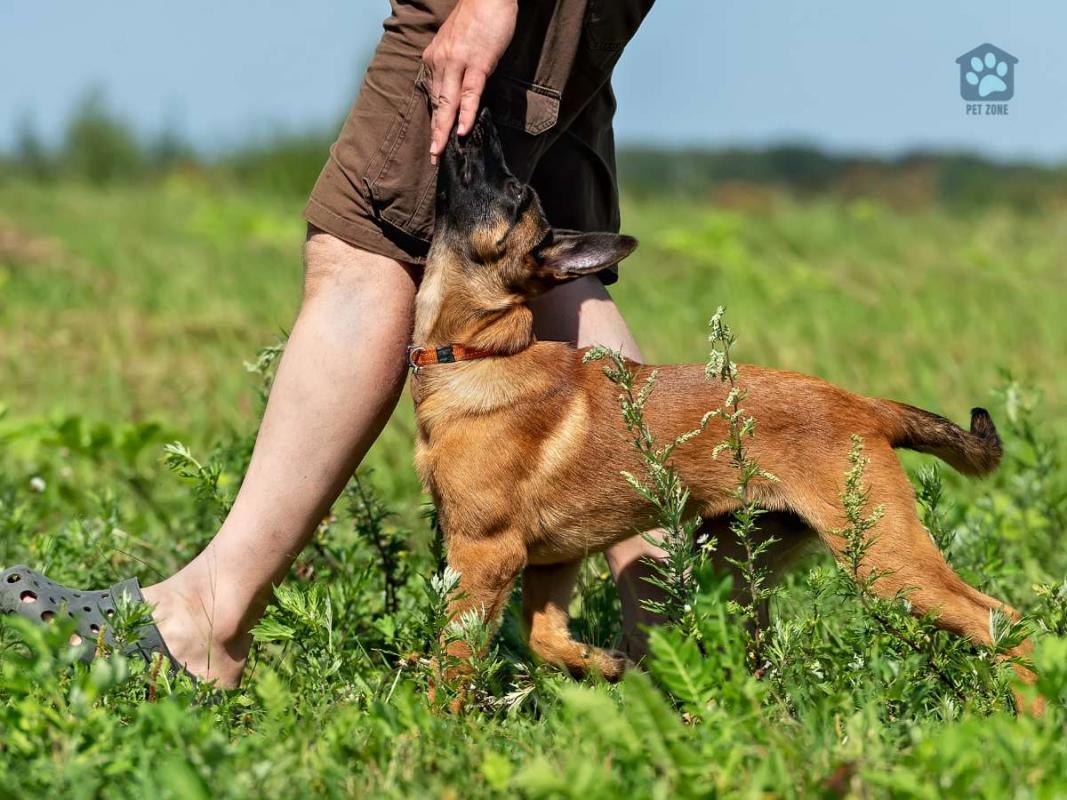
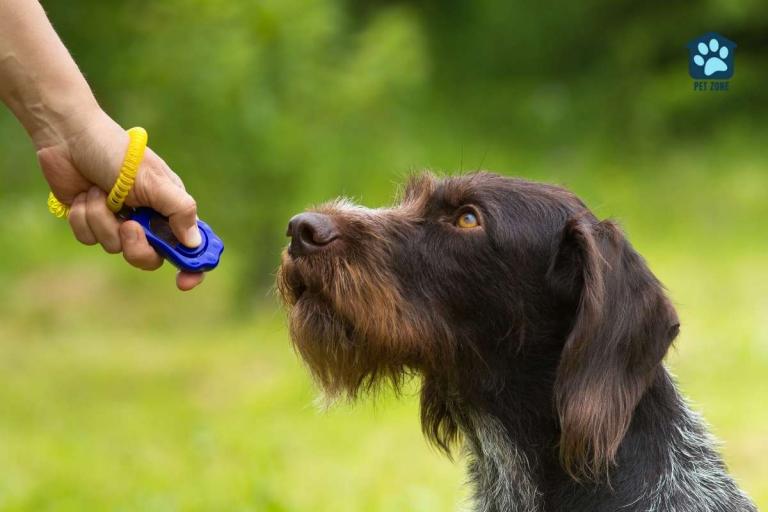

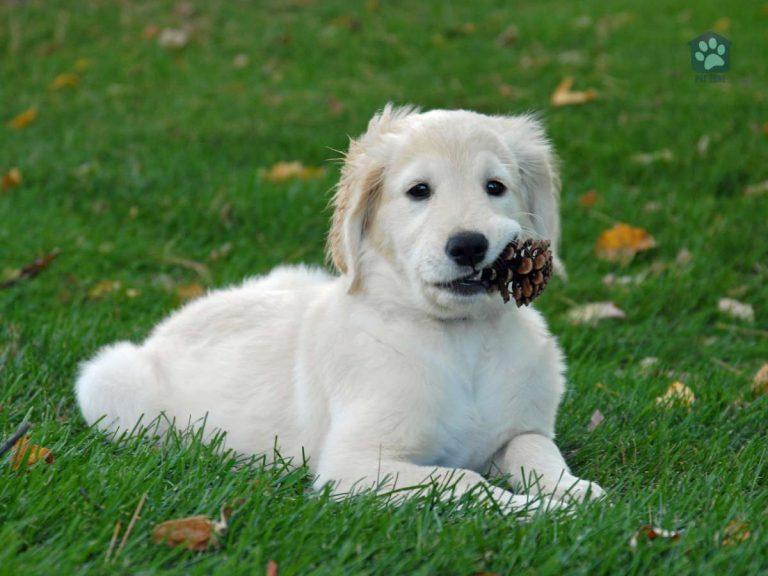
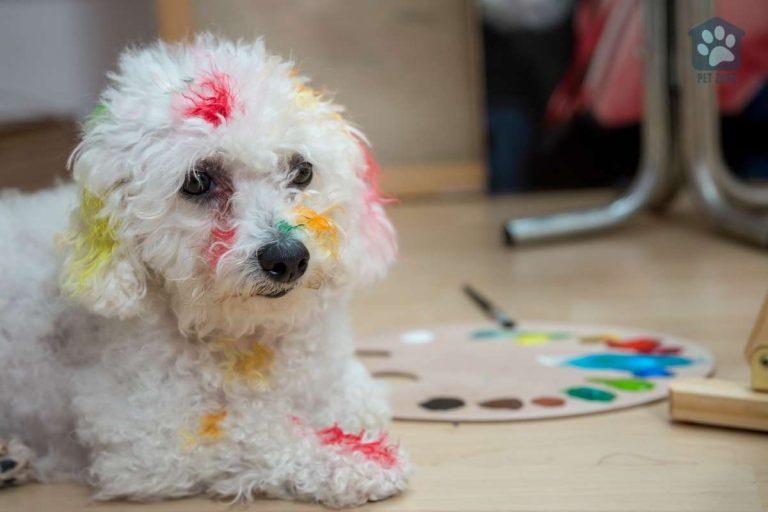
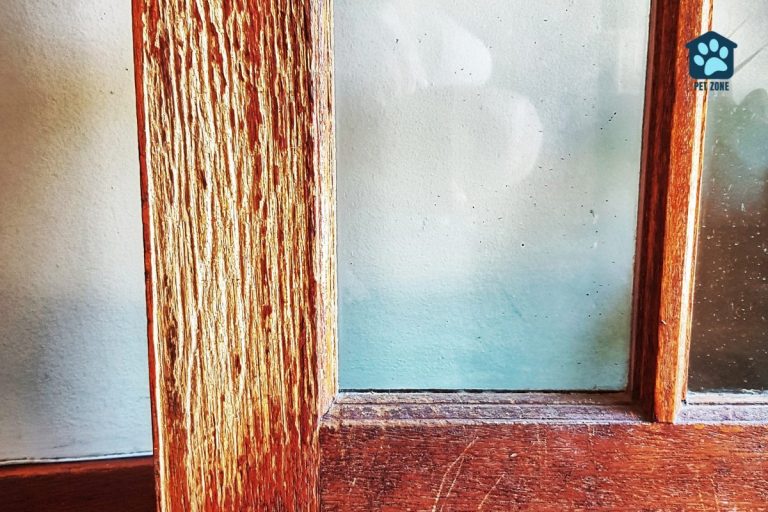
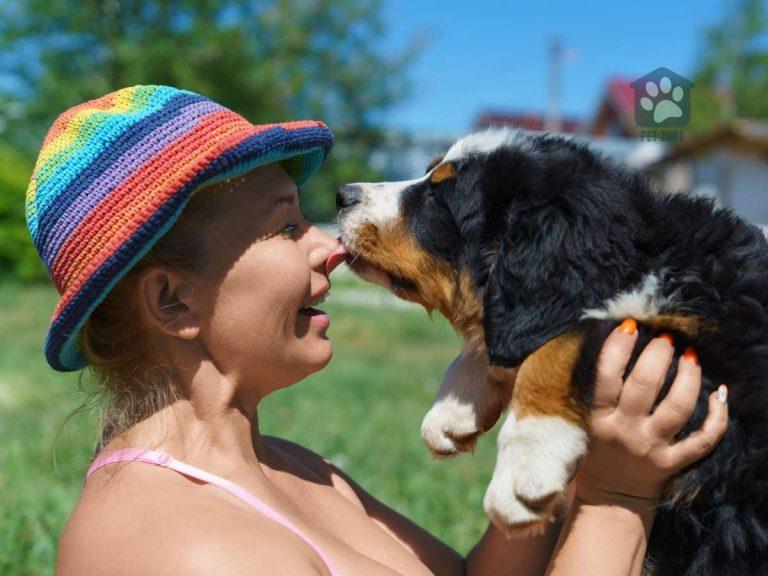
So interesting! I have a Rottweiler and she would be excellent in all three disciplines. She has a great nose, is good with commands and very protective. Also a cuddly love bug. I’ll have to see if there’s something similar where I live in Spain.
I’m also a massive Malinois fan. We recently lost our old Boxer boy and we have our eyes on all the local rescues to see if a Malinois needs a home.
Interesting! I love reading your posts and learning new things. IGP dog training sounds like it can be very helpful for some dog breeds.
My husband was a K9 officer and we had a Belgian malinois. I can understand based on his work drive and athletic ability certainly showcase why his breed is found to be successful with IGP. They are an amazing breed (and just crazy enough to be fearless.)